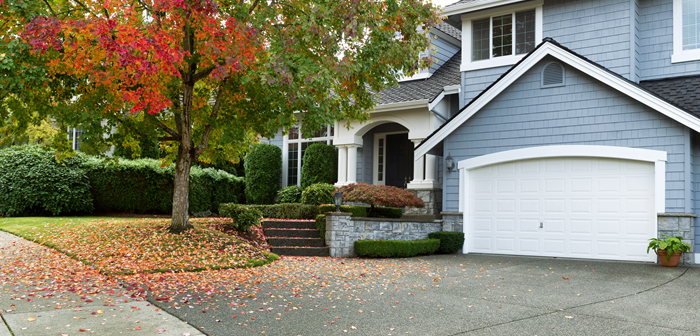Choosing the perfect tile for your home can be tough, especially when it comes to ceramic and porcelain tiles. Both options offer unique benefits that can enhance the look and feel of your space.
Ceramic tiles are celebrated for their versatility and wide range of colours and patterns. They are an excellent choice for rooms where moisture and heat are minimal. On the other hand, porcelain tiles are known for their durability and water resistance, making them ideal for bathrooms, kitchens, and high-traffic areas.
We will explore the key differences between these two popular materials to help you decide which tile best suits your renovation needs. Whether upgrading your kitchen or adding a touch of elegance to your bathroom, understanding these options will ensure you choose style with functionality.
Ceramic Tiles: Versatility and Aesthetic Appeal
Ceramic tiles are made from natural kiln-fired clay at lower temperatures than porcelain tiles. This process results in a tile that is less dense and more porous. One of the main advantages of ceramic tiles is their versatility.
Available in a plethora of designs, colors, and patterns, ceramic tiles can easily adapt to any décor style. The options are virtually limitless, from vibrant colors and intricate patterns to simple, elegant designs.
Aesthetic appeal aside, ceramic tiles are also relatively easy to cut and install, making them a popular choice for DIY projects. They are ideal for use in areas that do not encounter heavy foot traffic or excessive moisture, such as:
- Bedrooms
- Living rooms
- and wall applications
Also, Ceramic tiles are typically more cost-effective than porcelain tiles, making them a budget-friendly option for many homeowners.
Porcelain Tiles: Durability and Water Resistance
Porcelain tiles are made from refined clay and fired at higher temperatures. This creates a tile that is denser and less porous. A key feature of porcelain tiles is their exceptional durability. They can withstand high traffic and are less likely to crack under pressure than ceramic tiles. This makes porcelain tiles an excellent choice for high-traffic areas such as:
- Hallways
- Kitchens
- and commercial spaces
Furthermore, porcelain tiles are highly resistant to moisture, making them ideal for bathrooms, laundry rooms, and other wet areas. Their low porosity means they are less likely to harbour mould, mildew, or bacteria.
Porcelain tiles also work well with underfloor heating systems because they conduct and hold heat. Porcelain is often recommended for outdoor use because it withstands the elements better than ceramic.
Installation and Maintenance
Installing ceramic or porcelain tiles can be challenging and might require professional help, especially for porcelain tiles, due to their denser nature. Both types of tiles require a substrate that is perfectly level and clean; any installation errors can lead to cracking or lifting.
Once installed, both ceramic and porcelain tiles are relatively low maintenance. Regular cleaning for both types involves sweeping or vacuuming to remove loose dirt and debris. For deeper cleaning, a damp mop with mild detergent is generally sufficient. However, because they are more porous, ceramic tiles may require sealing post-installation and periodically to protect the surface from stains and water penetration.
Cost Considerations
Generally, ceramic tiles are less expensive than porcelain tiles, which can be a decisive factor for many budgets. The cost difference is largely due to the manufacturing process and the materials used. Porcelain tiles require more refined clay and a higher firing temperature, contributing to their price point.
However, it’s important to consider the long-term costs associated with each option. Porcelain’s durability and low maintenance can make it a more cost-effective choice over the long term, especially in high-traffic or high-moisture areas where you would need a more robust solution.
Which Tile is Right for You?
Consider the space’s specific needs to decide which tile is best for your project. Porcelain tiles are the preferable choice for areas with heavy wear or exposure to moisture due to their durability and moisture resistance.
For spaces with more significant aesthetic flexibility and cost, ceramic tiles offer a wide range of design options and a more budget-friendly price tag.
Choosing between ceramic and porcelain tiles will ultimately depend on your project’s specific requirements and style preferences. Considering the factors discussed here, you can make an informed decision that meets both your functional needs and aesthetic desires, ensuring a beautiful and lasting addition to your home.




